In today’s world, cars are much more than just a means of transportation; they have evolved into powerful symbols of individual identity, freedom, and status. The influence of automobile culture on modern urban living is profound, shaping everything from our daily commutes to the way we perceive space, convenience, and even social relationships. The presence of cars in cities has altered the physical, economic, and social landscape in ways that continue to impact how we live, work, and interact in the modern world.
As urbanization accelerates globally, many cities are confronting the challenges posed by car culture, including traffic congestion, environmental pollution, and the decline of traditional public spaces. However, this culture also brings forth opportunities and innovations that can reshape urban transportation systems and redefine lifestyles for future generations. So, how exactly does car culture influence modern cities, and how are cities adapting to the challenges and opportunities that come with it?
In this article, we will explore the multiple dimensions of car culture’s influence on modern urban life, including its impact on transportation systems, urban planning, social interactions, and sustainability goals. We will also discuss how car culture is evolving and what the future of urban mobility might look like.
1. The Historical Influence of Car Culture on Urban Development
To understand the full scope of how car culture shapes modern cities, we must first look back at its historical development. The rise of the automobile in the early 20th century marked a dramatic shift in how cities were structured and how people interacted with space.
a. Suburbanization and the Rise of Car-Centric Cities
In the post-World War II era, car ownership became increasingly widespread, particularly in Western countries. The 1950s and 1960s saw the rise of the suburbs, driven in part by the increasing availability of affordable cars. This shift was accompanied by the construction of vast highways and roads, which made it easier for people to live farther away from city centers and still have access to urban jobs, services, and amenities.
However, as cities expanded outward, urban planning largely prioritized automobile access over public transportation or pedestrian-friendly infrastructure. This led to the spread-out, car-dependent model of development that characterizes many modern cities, especially in the U.S., where the car has long been seen as essential to the American Dream. Suburban developments flourished with large parking lots, long streets, and neighborhoods designed to accommodate private vehicles. Cities became increasingly car-centric, with public transit often relegated to secondary importance.
b. Changing Land Use and Zoning
Car culture also influenced land-use policies and zoning laws. Many cities in the mid-20th century began prioritizing the needs of cars over those of pedestrians or cyclists, which often led to the destruction of historical districts or the reduction of walkable public spaces. Highways and wide streets were built to accommodate the growing number of vehicles, and parking lots replaced areas that might otherwise have been reserved for green spaces or public amenities.
Over time, this created a dependency on private cars for basic daily functions, from commuting to the grocery store to attending social events. The very design of cities began to cater to the automobile, shaping how urban residents experienced and navigated their environments.
2. Traffic Congestion: The Dark Side of Car Culture
While the presence of cars in modern cities has brought convenience and mobility to millions of people, it has also created significant challenges, particularly in terms of traffic congestion.
a. Urban Gridlock
In many metropolitan areas, traffic congestion has reached unsustainable levels, with long commutes becoming a daily reality for many. The more people rely on private cars to get around, the more crowded roads become, leading to increased travel times, pollution, and stress. In places like Los Angeles, New York City, and São Paulo, traffic jams are a daily struggle, making urban life increasingly frustrating and inefficient.
The car culture-driven dependency on private transportation often results in bottlenecks at key intersections and the overloading of transportation infrastructure. In some cities, this gridlock has even led to economic inefficiency, as workers spend precious hours in traffic instead of being productive or spending time with family.
b. Environmental Impact
The widespread use of cars has also had a profound impact on the environment. Fossil-fuel-powered vehicles are a major source of greenhouse gas emissions, contributing to air pollution, climate change, and deteriorating urban air quality. In cities like Beijing and Delhi, smog from cars has become a major public health issue. These environmental concerns have forced cities to reconsider their dependence on cars and seek alternative solutions for transportation.
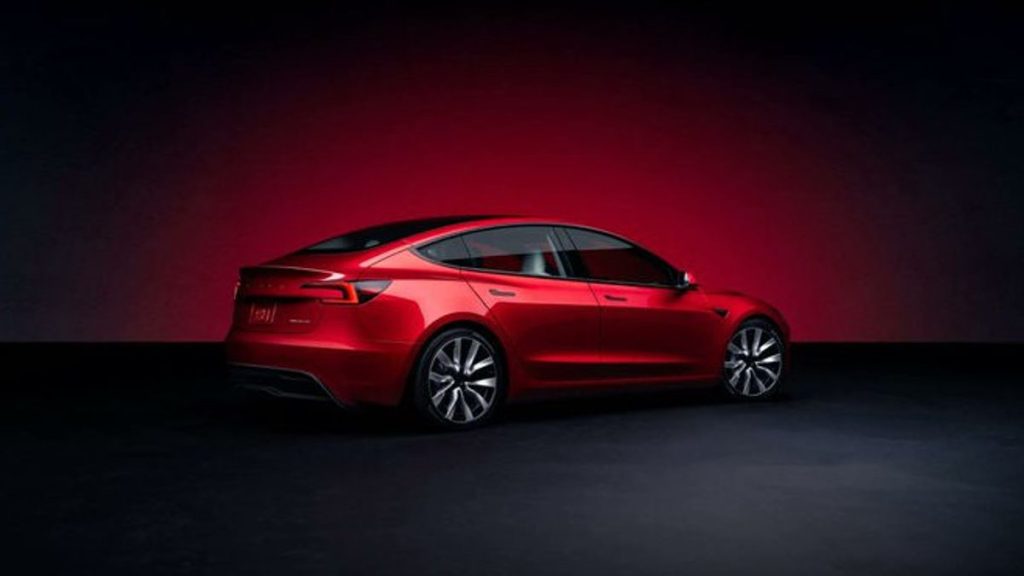
3. Reimagining Urban Mobility: The Shift Toward Sustainable Alternatives
As cities around the world face the challenges of traffic congestion, air pollution, and climate change, many are beginning to shift away from the traditional car-dependent model. Car culture is evolving, and new ideas about urban mobility are emerging.
a. Public Transportation and Ride-Sharing
In many large cities, public transportation systems (such as buses, trams, and subways) are undergoing significant improvements to reduce the reliance on private cars. These systems are being expanded to make them more accessible, convenient, and efficient, offering an attractive alternative to car ownership. Investments in high-speed rail and light rail systems are making it easier for people to commute without their own cars, reducing both traffic congestion and carbon emissions.
Furthermore, ride-sharing services like Uber and Lyft have also begun to revolutionize urban transportation. These services enable people to access on-demand, shared vehicles, reducing the number of cars on the road and providing a more sustainable transportation option for city residents who may not need a car for everyday use. The rise of electric vehicles in the ride-sharing sector further emphasizes the importance of sustainability in urban mobility.
b. Bicycle Culture and Pedestrian-Friendly Cities
Another major shift in urban transportation is the growing focus on creating bicycle-friendly cities. Cities like Copenhagen, Amsterdam, and Portland have become models for integrating bike lanes, bike-sharing programs, and pedestrian zones into their urban infrastructure. This shift is driven by a desire to reduce traffic congestion, lower carbon emissions, and create more livable urban environments.
By promoting cycling and walking as primary modes of transportation, cities can reduce the negative impacts of car culture while simultaneously enhancing the health and well-being of their residents. These changes are also contributing to the revitalization of urban spaces, where streets can be repurposed for cafes, markets, and public events, rather than just as conduits for car traffic.
c. The Rise of Electric and Autonomous Vehicles
In addition to electric vehicles (EVs), which promise to reduce the carbon footprint of personal transportation, the future of urban mobility also lies in autonomous vehicles (AVs). The potential of self-driving cars to reduce the need for parking and increase the efficiency of traffic flow is being explored in several urban centers.
Autonomous vehicles could also reduce the human element of traffic accidents and enable the development of smart cities that are more synchronized in terms of traffic management. However, these technologies will require significant infrastructure and regulatory changes, which means that the shift away from traditional car culture is likely to be a gradual process.
4. How Car Culture Affects Social Interactions and Lifestyles
Beyond just transportation, car culture also plays a role in shaping the social fabric of urban life.
a. Car as Status Symbol
For many, a car is not just a means of getting from place to place—it is an expression of status and personal identity. Luxury cars, sports cars, and custom-designed vehicles are often seen as symbols of success, wealth, and individualism. This creates a culture where car ownership can be a form of social signaling, influencing social interactions and even relationships.
b. Carpooling and Social Interaction
On the other hand, carpooling and ride-sharing have also introduced new forms of social interaction in cities. Carpooling not only helps reduce the number of cars on the road, but it also fosters social connections between neighbors, coworkers, and other city residents. Shared rides allow for casual interactions and community-building, especially in cities where people may otherwise live in isolated, car-dependent environments.
c. Changing Lifestyles: From Ownership to Access
As we move into the sharing economy, the concept of car ownership is gradually shifting toward accessibility. Young urbanites, particularly those living in dense cities, are increasingly opting for car-sharing programs or subscription services that allow them to use cars when needed without the burden of ownership. This change in lifestyle reflects broader societal shifts toward shared resources, minimalism, and a desire to reduce personal responsibilities associated with owning a car.
5. The Future of Car Culture in Modern Cities
As we look to the future, it is clear that car culture will continue to play a major role in shaping urban transportation and lifestyles. However, the nature of that influence is evolving. Sustainable and smart mobility solutions are gradually reshaping the way people interact with cars, with a growing focus on shared, autonomous, and electric vehicles. Cities are rethinking their infrastructure, and residents are adapting to new models of transportation that prioritize sustainability, convenience, and connectivity.
In conclusion, car culture has had a profound influence on modern urban life, affecting everything from the way cities are designed to how people interact with their environment. As the world moves toward more sustainable, efficient, and inclusive transportation systems, it will be fascinating to see how the evolving role of cars continues to influence the urban landscape and the lifestyle choices of future generations.

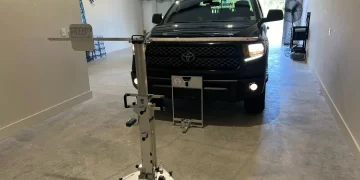

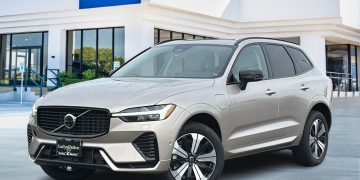







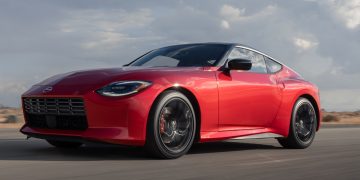


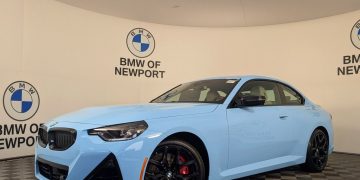






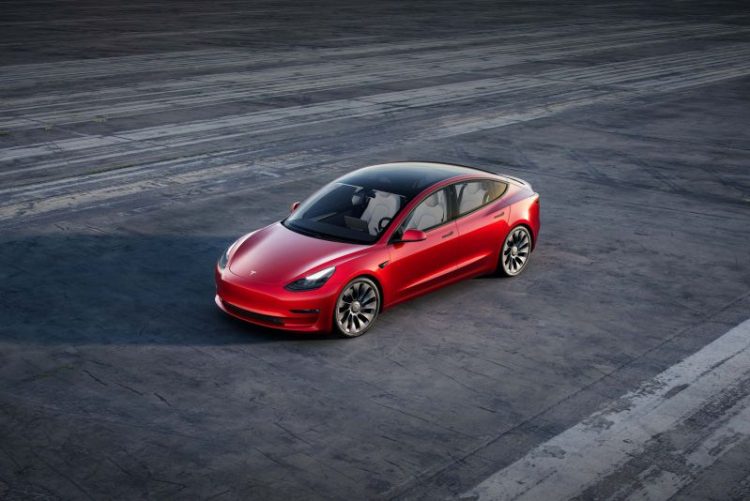












Discussion about this post